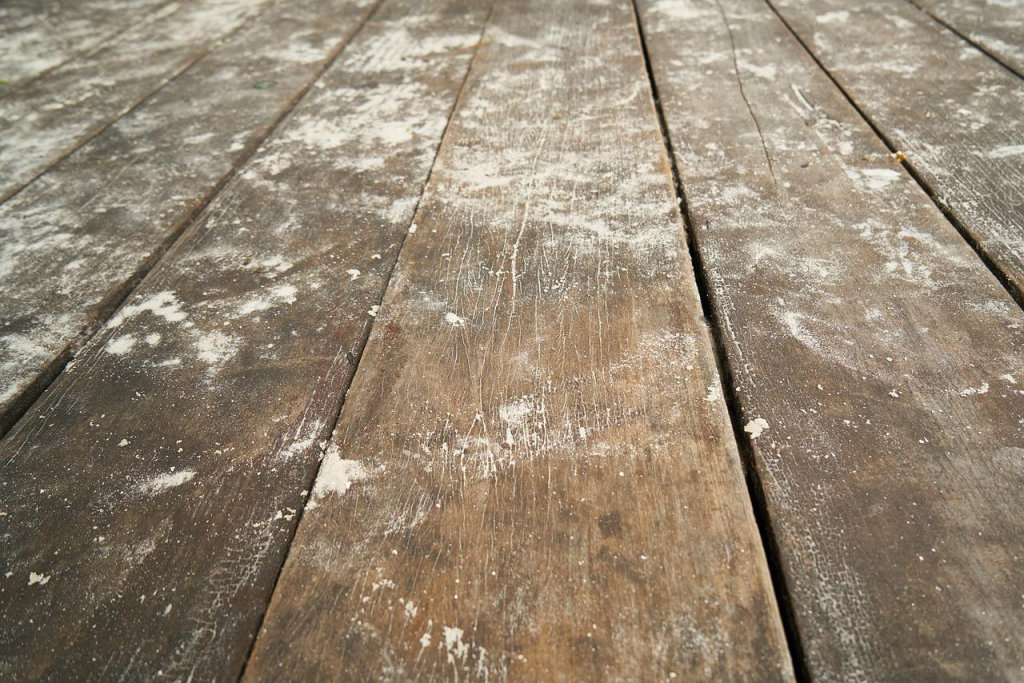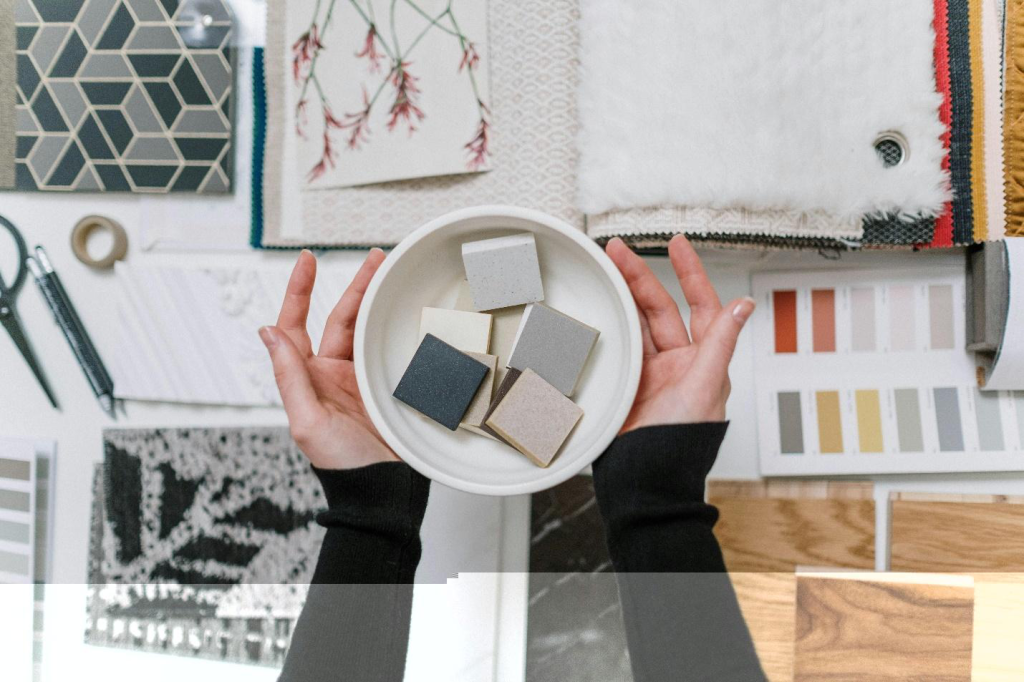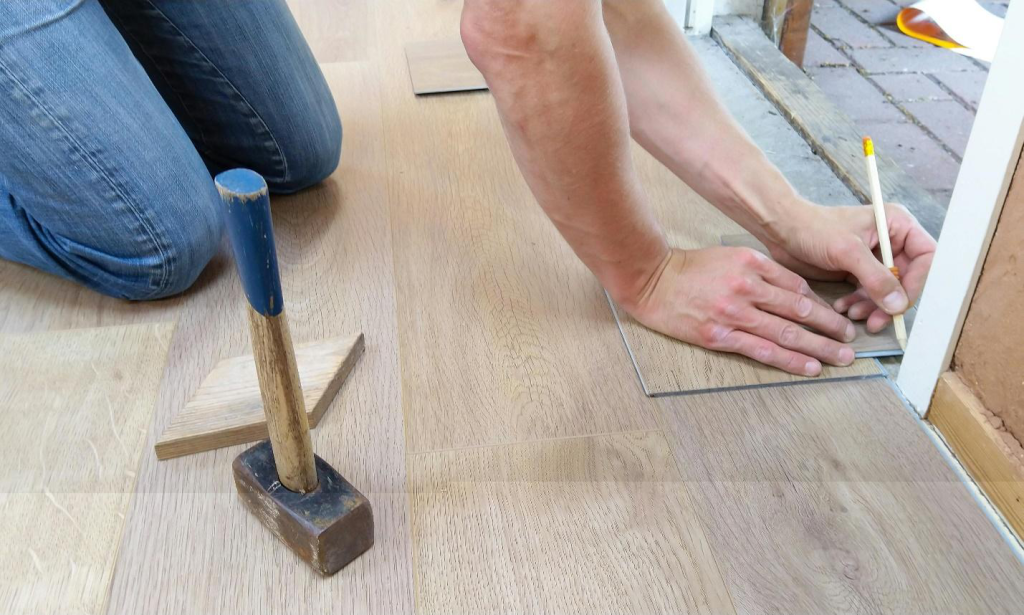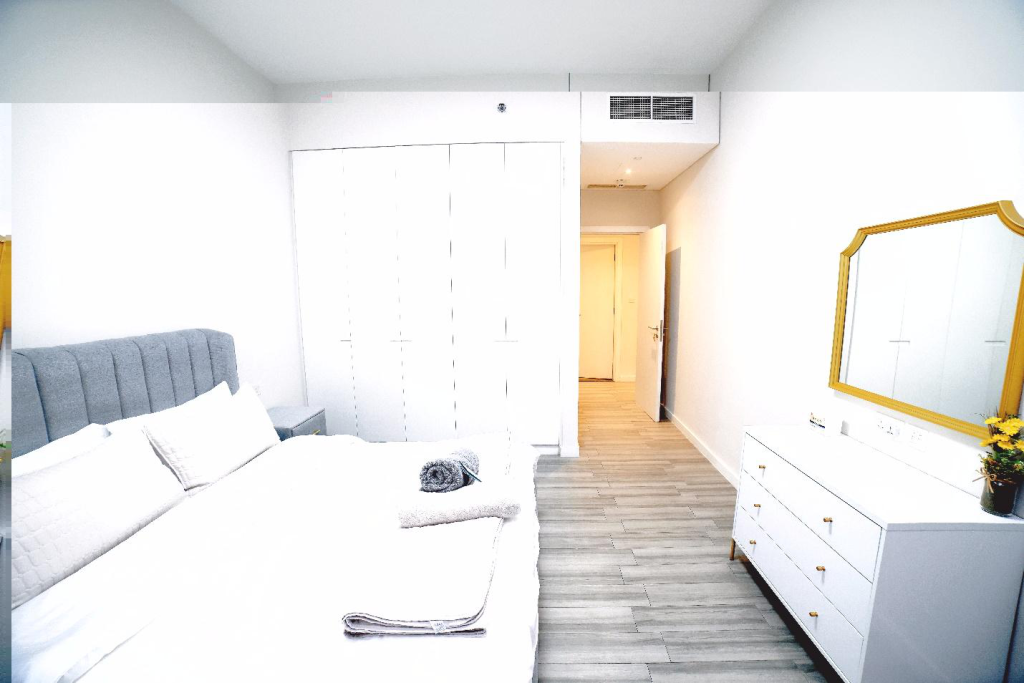Imagine this: You’ve just installed a new floor. At first glance, it looks great, and you’re feeling proud of the money you saved. But within months, the shine fades, scratches appear, and the edges start lifting. Suddenly, your bargain flooring isn’t such a bargain anymore. Sound familiar?
Choosing cheap flooring might seem like a smart decision at the moment. After all, who doesn’t love saving a few bucks? But what often gets overlooked are the hidden costs—the repairs, replacements, constant maintenance, and even safety hazards that cheap materials bring. And let’s not forget the frustration of dealing with floors that just won’t hold up to daily life.
This blog is here to help you avoid those pitfalls. We’re going to dive deep into why a quality flooring solution is an investment, not just an expense. Let’s explore the true hidden cost of cheap flooring and discover why quality really matters.
The Short-Term Lure of Cheap Flooring
It’s easy to understand why cheap flooring is tempting. You’re walking through a store, see a sale sign promising ultra-low prices, and think, Why pay more when this looks just as good?
One of the biggest factors behind the popularity of cheap flooring is the illusion of short-term savings. The price tag alone can be convincing, especially when you’re trying to stick to a tight budget. But what’s often misunderstood is that the cost of flooring isn’t just about the purchase price. It’s about how long it will last, how well it will hold up, and how much maintenance it will require.
Many people also assume that all flooring materials are basically the same—especially when the differences aren’t immediately visible. Some manufacturers even market budget flooring with terms like “durable” or “scratch-resistant,” which can be misleading. Without proper knowledge, it’s easy to believe that you’re getting a great deal.
Additionally, there’s the “replace it later” mindset. Some homeowners think, If it doesn’t last, I can just replace it again in a few years. But replacing flooring isn’t as simple as switching out a piece of furniture. There are labor costs, potential damage to subfloors, and the inconvenience of moving furniture and clearing rooms—expenses and headaches many buyers don’t factor in.

The Hidden Costs of Cheap Flooring
1. Reduced Durability and Short Lifespan
One of the most common complaints with cheap flooring is its inability to withstand everyday wear and tear. Cheap laminate or vinyl planks often have thin wear layers, making them susceptible to scratches, dents, and fading. High-traffic areas can wear down within a few months, leaving dull patches and uneven surfaces. Statistics highlight this issue clearly. While high-quality flooring can last 20–30 years or more, budget materials often need replacing within 5–10 years. The short lifespan alone can double or triple your flooring expenses in the long run.
2. Frequent Repairs and Replacements
Cheap flooring is prone to frequent damage, leading to higher repair costs and more replacements. Issues like buckling, warping, or peeling edges are common with low-grade materials, especially in areas exposed to moisture or temperature changes. Repairs aren’t just expensive—they’re inconvenient. Moving furniture, hiring contractors, and scheduling replacements take time and disrupt daily life.
3. Increased Maintenance Costs
Maintaining cheap flooring can be an ongoing headache. Budget materials are more prone to stains, scratches, and water damage, which often require special cleaning products or treatments to keep them looking presentable. Some materials may need regular sealing or polishing to slow down wear and tear. The cost of these additional cleaning supplies and services can quickly add up, making budget flooring far less cost-effective than it seems at first glance.
4. Safety Concerns
Cheap flooring can also pose safety hazards that many buyers overlook. Budget materials often have slippery surfaces or uneven edges, both of which increase the risk of slips and falls—especially for children and the elderly. Another overlooked concern is indoor air quality. Some low-cost flooring options release volatile organic compounds (VOCs), which are harmful chemicals that can cause headaches, dizziness, and even respiratory issues with prolonged exposure.
5. Environmental Impact
Low-quality flooring is often made with unsustainable materials and manufacturing practices. Because these materials wear out faster, they contribute to more waste being sent to landfills. Cheap flooring is also more likely to be made from synthetic materials that can take decades—or even centuries—to decompose. On the flip side, high-quality flooring is often made from sustainably sourced materials and can last for decades, reducing its environmental impact. Many premium options also offer eco-friendly certifications, ensuring a healthier home and planet.

Why Quality Flooring Is Worth the Investment
1. Longevity and Durability
Quality flooring is built to last. Unlike cheap materials that wear out quickly, premium flooring options—such as solid hardwood, engineered wood, and luxury vinyl—are designed to withstand daily life’s wear and tear. These materials often come with thicker wear layers and superior finishes that protect against scratches, dents, and fading. Many premium options also come with warranties that cover wear and structural defects. These warranties offer peace of mind, ensuring that you’re protected from unexpected costs down the road.
2. Lower Maintenance Needs
Premium materials are designed to be easier to care for. They’re more resistant to stains, moisture, and everyday damage, meaning you won’t need special cleaning products or constant touch-ups to keep your floors looking great. For example, luxury vinyl plank (LVP) is often waterproof and highly scratch-resistant, making it an excellent option for families with pets and kids. This reduced maintenance not only saves time but also lowers long-term cleaning expenses.
3. Safety and Air Quality Benefits
Safety is another critical reason to invest in premium flooring. High-quality options often have better slip resistance and more even surfaces, reducing the risk of accidents. In terms of health, many cheap flooring materials release volatile organic compounds (VOCs) that can negatively affect indoor air quality. Premium flooring materials are often certified as low-VOC, meaning they emit fewer harmful chemicals and promote a healthier home environment.
4. Aesthetic Appeal and Resale Value
There’s no denying that premium flooring elevates the overall look and feel of a space. High-quality materials come in a wider variety of finishes, textures, and colors, allowing homeowners to achieve the exact aesthetic they want. But beyond appearance, premium flooring can significantly boost a home’s resale value. Buyers often view high-end flooring as a desirable feature, making a home more attractive on the market and potentially allowing sellers to command a higher price.
5. Manufacturer Warranties and Customer Support
One of the often-overlooked benefits of premium flooring is the level of protection and support it comes with. Most high-quality flooring options include comprehensive warranties that cover defects, wear, and even water damage in some cases. These warranties are a sign of manufacturer confidence in their product’s durability. They also provide homeowners with peace of mind, knowing that any unforeseen issues can be resolved without significant out-of-pocket expenses.

How to Choose High-Quality Flooring
1. Assess Your Lifestyle and Needs
The first step in choosing high-quality flooring is to think about how you’ll use the space. Do you have kids, pets, or frequent guests? Is the area prone to moisture, like a kitchen or bathroom? Your answers will help determine which flooring materials offer the durability and performance you need. For example, families with young children or pets might benefit from luxury vinyl plank (LVP) or engineered hardwood, which are known for their scratch and stain resistance. Be honest about your lifestyle. While all high-quality flooring is durable, certain materials handle heavy use and spills better than others.
2. Understand Material Options
To choose high-quality flooring, you need to know the pros and cons of different materials. Here’s a quick overview of popular premium options:
- Solid Hardwood: Timeless and durable, solid hardwood offers a classic look that can last for decades with proper care. It’s best for dry areas and adds significant resale value.
- Engineered Wood: Offers the beauty of hardwood with added stability and moisture resistance. Ideal for areas prone to temperature changes or humidity.
- Luxury Vinyl Plank (LVP): Durable, waterproof, and available in a variety of styles, LVP mimics the look of hardwood or stone while being more affordable and low-maintenance.
3. Check for Certifications and Standards
High-quality flooring often comes with certifications that guarantee its safety and performance. These certifications can give you peace of mind and help ensure you’re making a responsible purchase.
- Low-VOC Certifications: Look for labels like FloorScore or GreenGuard to ensure the flooring emits minimal volatile organic compounds (VOCs), which improves indoor air quality.
- Sustainability Certifications: FSC (Forest Stewardship Council) certification ensures wood flooring is sourced from responsibly managed forests.
- Durability Ratings: For laminate and vinyl flooring, check the AC (Abrasion Criteria) rating to gauge wear resistance. Higher ratings indicate better durability for high-traffic areas.
4. Consider the Warranty
A good warranty is a hallmark of high-quality flooring. Look for warranties that cover wear, structural integrity, and manufacturing defects for an extended period—typically 10–25 years or more. Some premium flooring brands offer waterproof warranties for their luxury vinyl planks, ensuring they won’t warp or peel due to moisture. Others may provide scratch-resistance guarantees for engineered wood. Read the fine print to understand what the warranty covers and any conditions that may void it. A strong warranty shows the manufacturer stands behind their product.
5. Test Samples Before You Buy
Never make a flooring decision based solely on photos or showroom displays. Request samples and test them in your home. Place the samples in different rooms and observe how they look under natural and artificial lighting. Walk on the samples to get a feel for texture and comfort. Testing samples in real-life conditions can help you avoid costly mistakes and ensure you’re happy with your final choice.
6. Balance Budget and Quality
While it’s important to stick to a budget, avoid the temptation to choose the cheapest option. Instead, focus on finding the best value—materials that offer a balance of durability, beauty, and ease of maintenance at a fair price. If your budget is tight, consider installing high-quality flooring in high-traffic areas first and saving lower-traffic areas for future upgrades. This phased approach allows you to prioritize without sacrificing quality.
7. Seek Professional Guidance
When in doubt, consult with a flooring professional. An experienced installer or retailer can help you navigate options, recommend materials based on your lifestyle, and provide insight into installation best practices.

Invest in Peace of Mind with Quality Flooring
Take the Long-Term View
Think about the areas in your home that experience the most traffic—your kitchen, living room, or entryway. These are spaces where durability matters and high-quality flooring can make all the difference. By choosing premium materials, you’re making a long-term investment that pays off with fewer repairs, enhanced comfort, and lasting beauty.
The Financial Advantage
Quality flooring also makes financial sense. While the upfront cost may be higher, the long-term savings from fewer replacements, lower maintenance costs, and potential boosts to your home’s resale value more than justify the investment. It’s not just about what you pay today—it’s about how much you save in the years to come.
Your Home, Your Haven
Your home should be a place of comfort and security, and high-quality flooring helps you create that environment. Whether you’re relaxing with family, entertaining guests, or simply enjoying a quiet evening, the right flooring underfoot can enhance every moment.
Transform Your Home with Flooring that Combines Beauty and Durability
Floorcraft specializes in providing top-tier residential flooring solutions in Northern Virginia tailored to your needs. Our team of hardwood flooring experts offers comprehensive hardwood flooring services, ensuring a seamless installation process. Additionally, we provide professional carpet installation and luxury vinyl plank flooring options to suit any style. Floorcraft is committed to delivering quality and customer satisfaction.